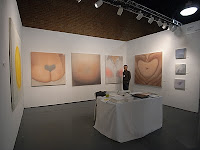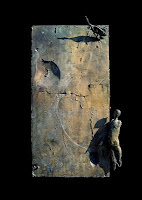
Being commonly unknown in Japan, Matteo Ricci, who was one of the missionaries of Christianity, was a figure in the next generation of Francis Xavier who propagated Christianity in Japan. He was born in the year when Francis Xavier passed away.
He accomplished the propagation in China, that Xavier wasn’t able to, and made great achievements at that time, in the Min dynasty court. Matteo Ricci published a world map that put China in the center of it.That map changed the perspective of the world of Chinese, who hadn’t looked at any world map before. The map was also imported into Japan that was in the period of national isolation, and changed the view of the world of Japanese in the same way. It was also the first world map for Japanese.
Speaking the historical background, when Matteo Ricci was in Beijing in 1598, Hideyoshi Toyotomi, a great general who unified Japan, made Invasions of Korea. Later he died in Beijing in 1610. His accomplishments were highly valued by the emperor at that time, so the grand tombstone was built in Beijing.
The coming year, 2010, marks the 400th anniversary of Matteo Ricci's death. To commemorate that, Matteo Ricci’s Exhibition is being held at the Vatican Museums organized by Antonio Paolucci, the president of the museums, from Oct. 30th, 2009 to Jan. 24th, 2010. In Macerata in Italy, Matteo Ricci’s birthplace, the 3-meters statue of him is going to be built to commemorate the 400th anniversary of his death. The work is going to be made by
Cecco Bonanotte, one of the artists of our gallery.






























